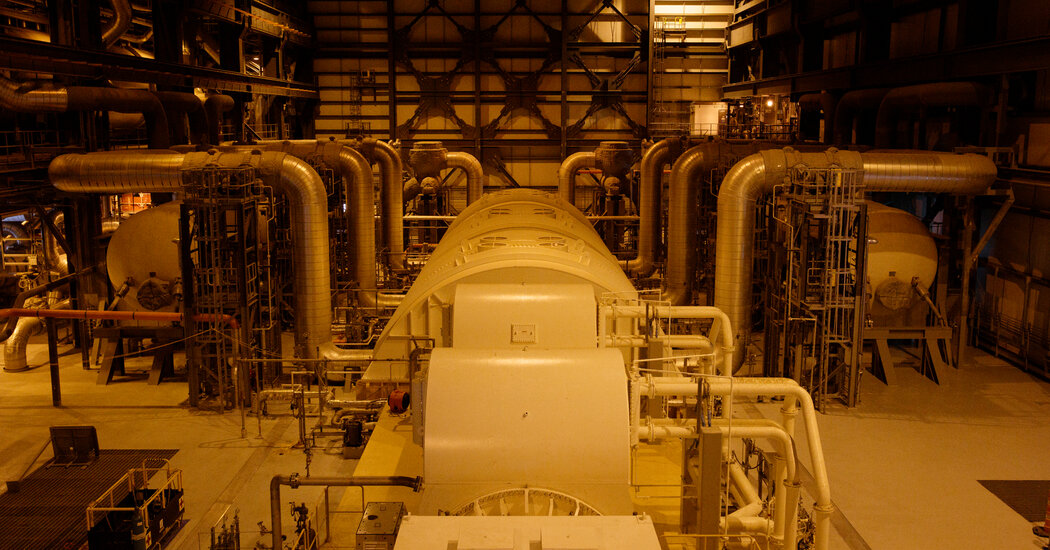In a major setback last week, the first serious effort to build small reactors in the United States was abruptly canceled amid soaring costs. While other projects are still moving forward, the industry has consistently struggled to build plants on time and on budget.



Wind and Solar have limitations that Nuclear does not.
SMRs have advantages over traditional Nuclear.
The current problem is that they don’t yet have the economies of scale to compete in the “free market”. This ignores that there is not actually a free market when it comes to energy. Solar, Wind, Coal, and Oil all get subsidized at rates that Nuclear never sees.
There was a big effort to get nuclear to have a learning-by-doing and scale up. In the US at least, it largely failed leaving an industry incapable of competing on cost
The larger part of it is that in the 70s there was a concentrated effort by both the extreme environmentalists and the oil lobby to hamstring nuclear. The effects have been felt somewhat worldwide.
That’s when the US subsidies were massively cut back and regulations put in that started to balloon costs for new plants.
Then Three-Mile-island happened, and the groundwork was already in place to tighten the belt even further.
To address your point a bit. Solar and Wind had large parts of the development cost handled by government grants, and then instillation costs as well.
All energy gets subsidies. Nuclear gets far less than anyone else, and yet has regulations that actually add costs. Hell, operating plants need to pay yearly licensing fees that are not cheap.
The red tape and regulatory morass makes even starting a nuclear project thousands of times harder than starting a solar or wind farm.
You have to have a full build plan submitted before you’re even allowed to do a site survey. You then have to pay roughly $300 an hour for that plan to be reviewed. Then, when the plan is denied, you have to do the entire plan again, and you still haven’t done a site survey.
Once the plan is approved, you do your site survey. You’ll have to adjust the plan based on conditions at the site. This will usually be minor changes. Moving some things around, reinforcing a foundation due to the soil conditions. Stuff that every build project goes through. Only now your plan doesn’t match the approved version, so you have to stop and resubmit at another $300 an hour.
So, building a plant takes a long time, if any regulation changes during that build time, you have to change your plan to meet the new regs, but now your plan doesn’t match the approved version, so you have to stop and get it re-approved at $300 an hour. Then you have to tear out any parts that don’t match the regs and rebuild them.
All of this is added to the fact that yes, most (American) nuclear plants are basically prototypes, in that they are custom designs, and most of their parts need to be special ordered. This adds immense cost.
SMRs kind of sidestep both issues. You get one reactor plan approved, it’s a self-contained unit that’s shipped to the site.
They’re also all identical, and can be built in bulk. You can have supply chains for the parts to drive costs down further.
The main stumbling block are the first dozen or so reactors. Building up the factories to build the reactors is going to be costly.
Russia has the VVER series, which is standardized and built in higher numbers by relativly cheap Russian workers. Hard to say they sell extremly well abroad.
South Korea has hte APR-1400 which is build in somewhat higher numbers as well. However sales are still limited to basicly the UAE and the oney built in Korea.
At the same time you have massive construction of renewables in developing countries today. Those are countries which have a hard time handing over subsidies.